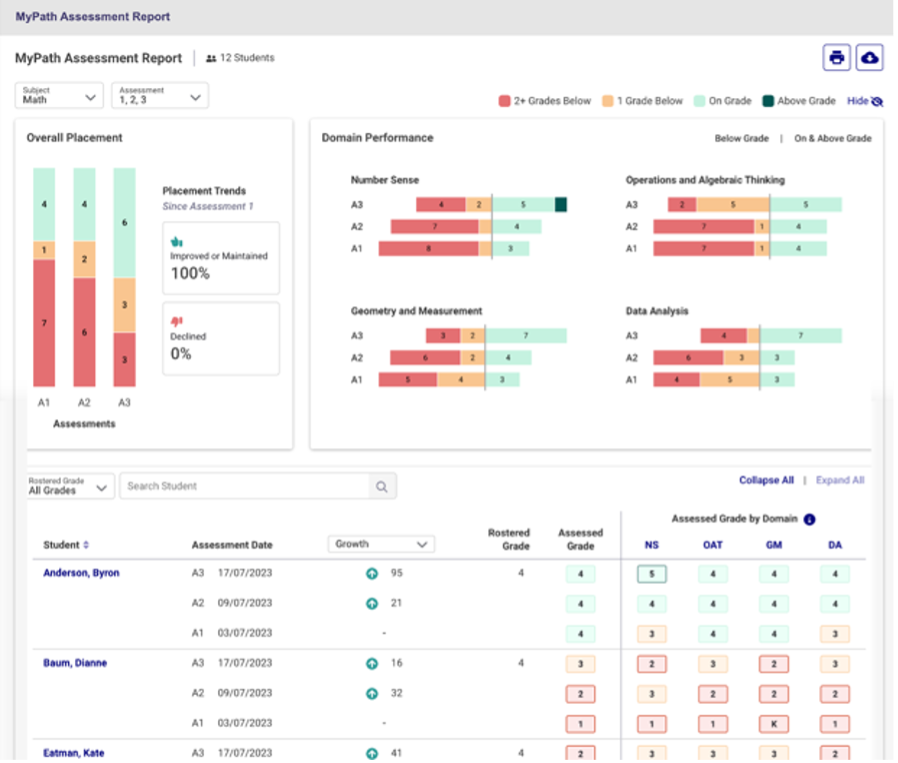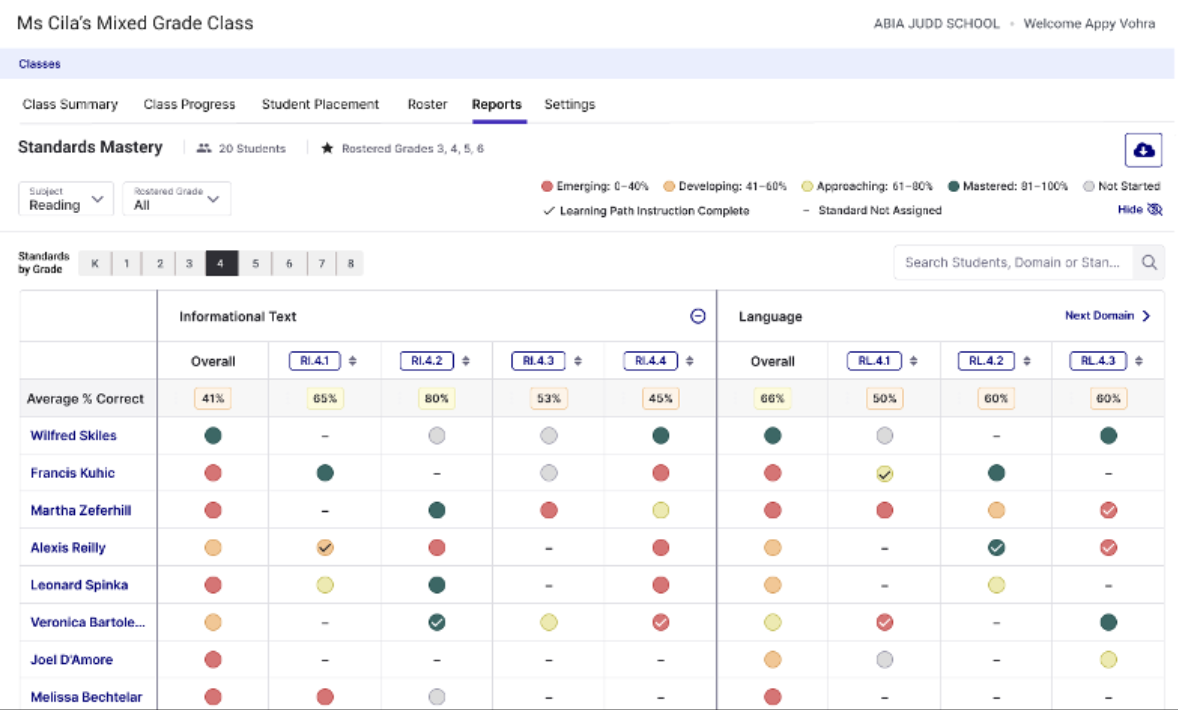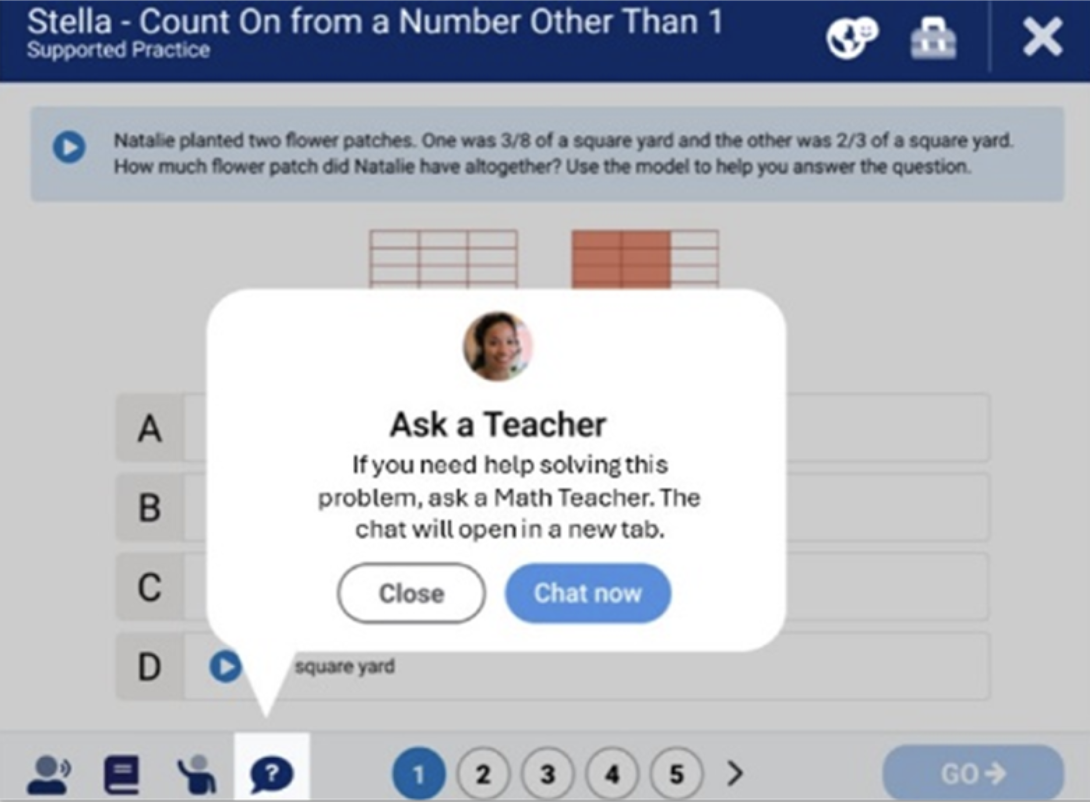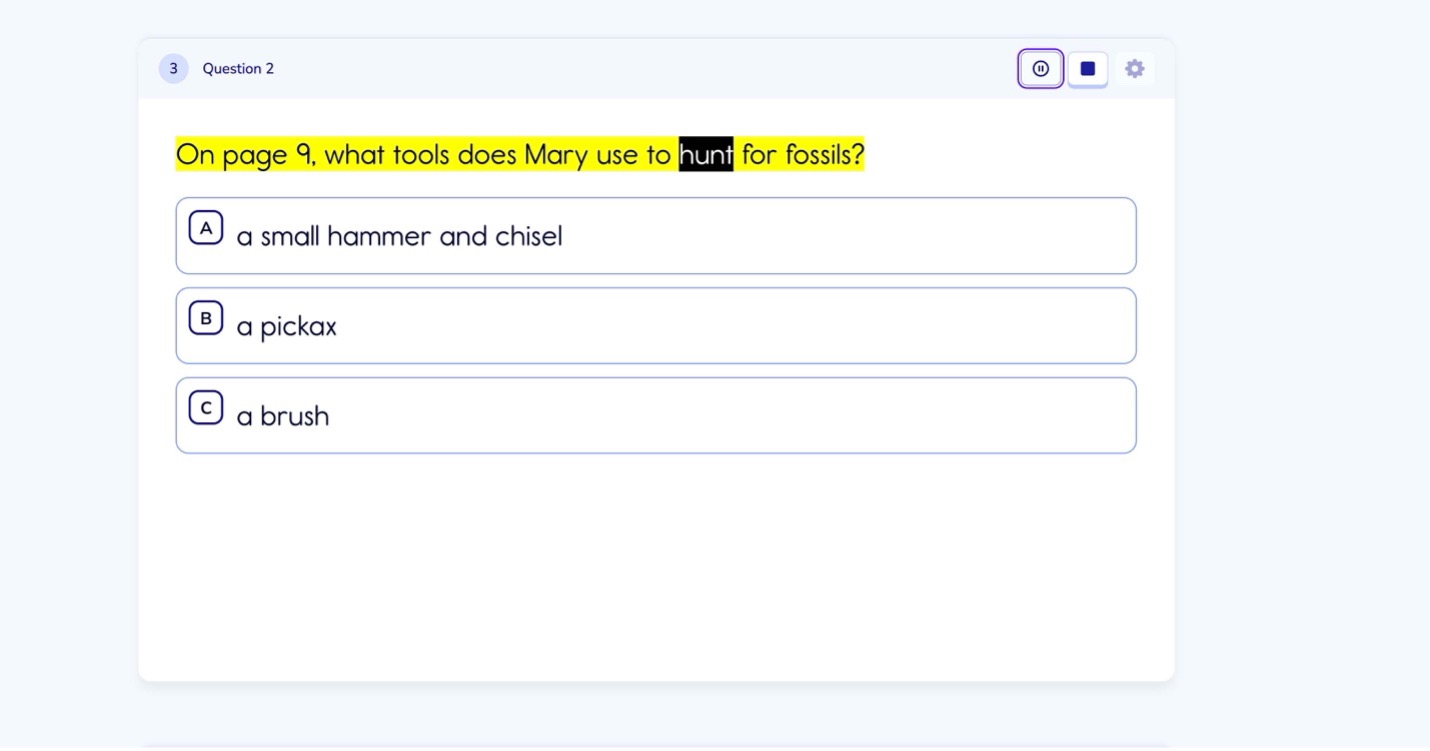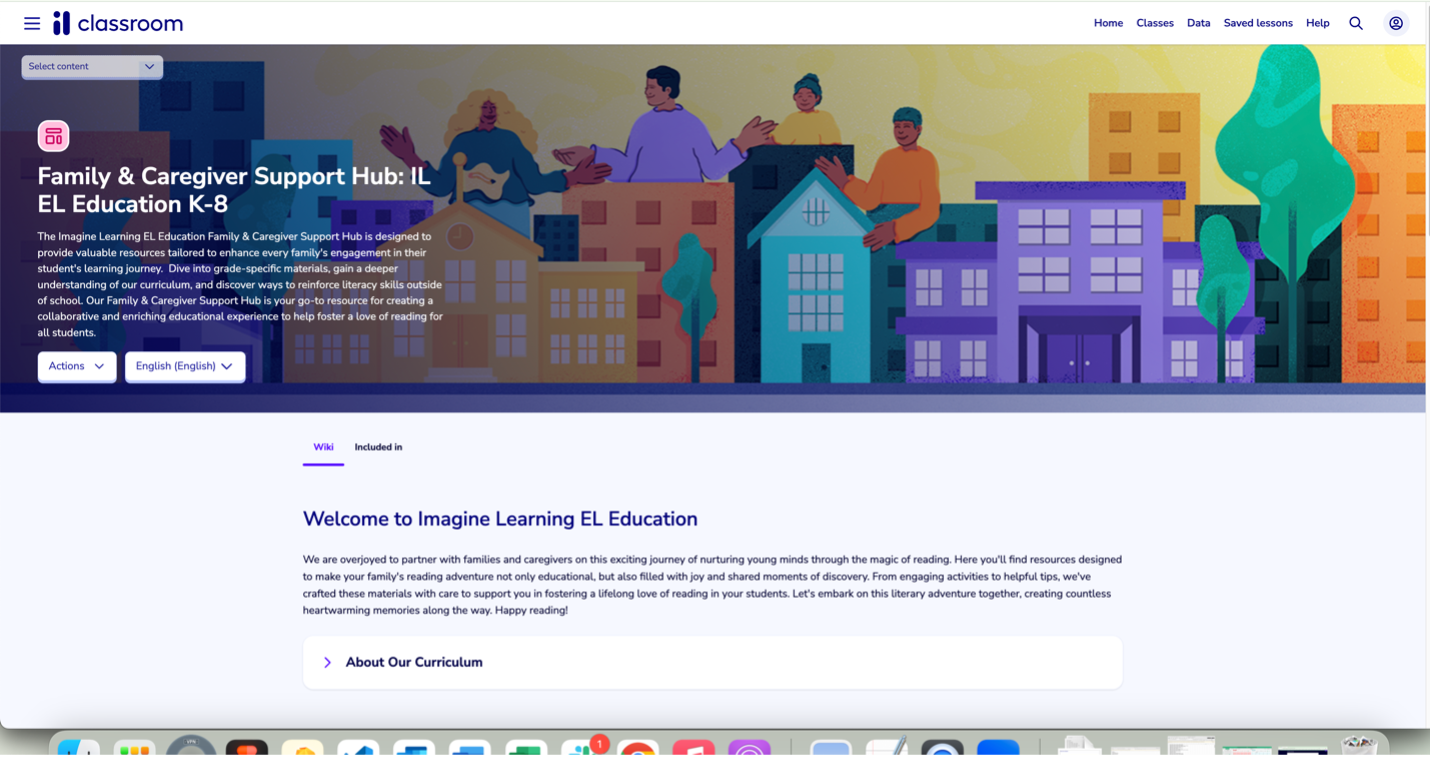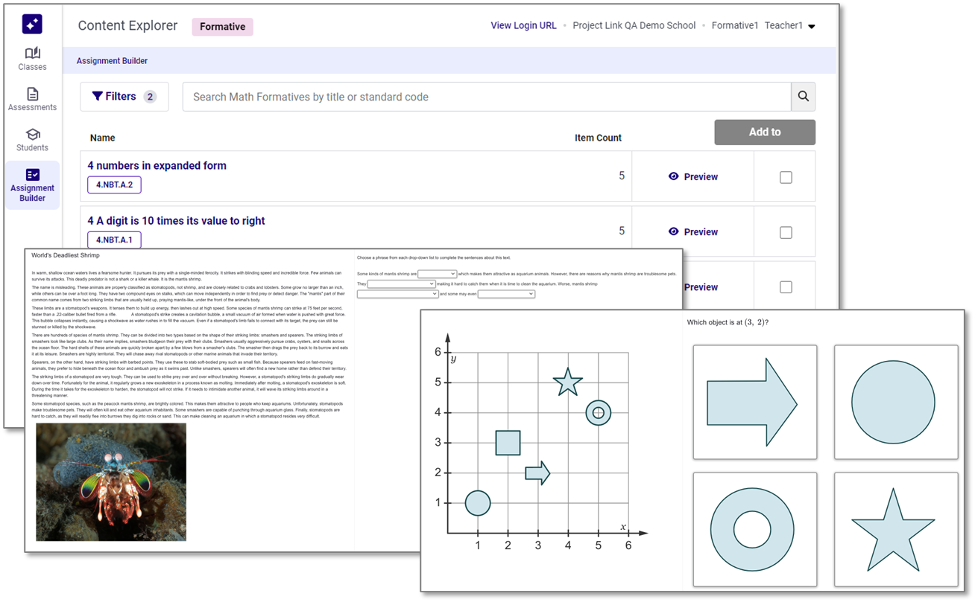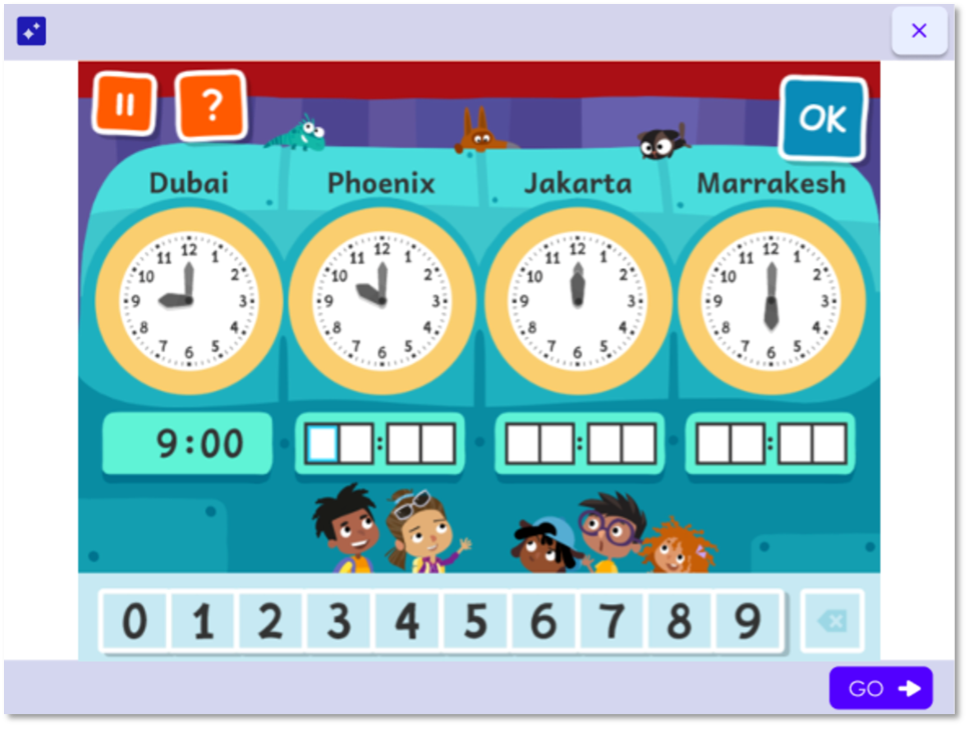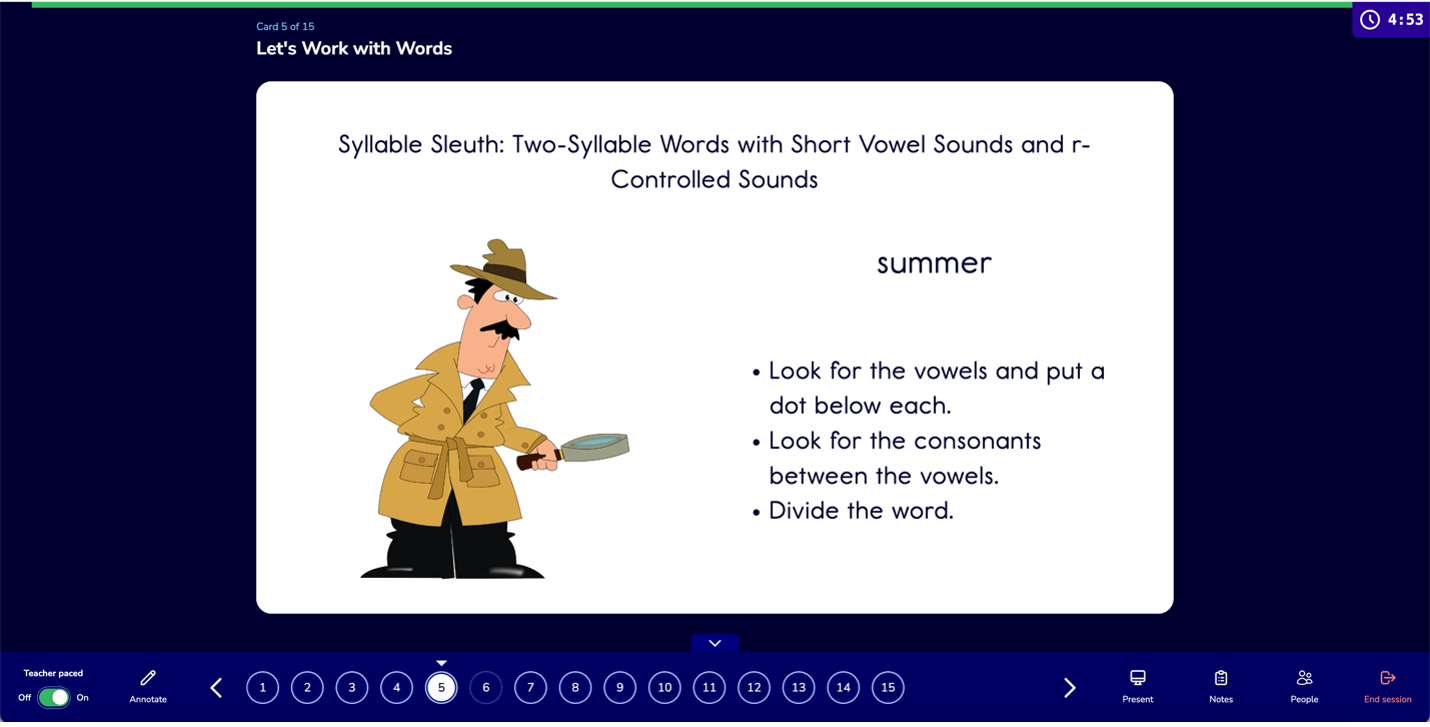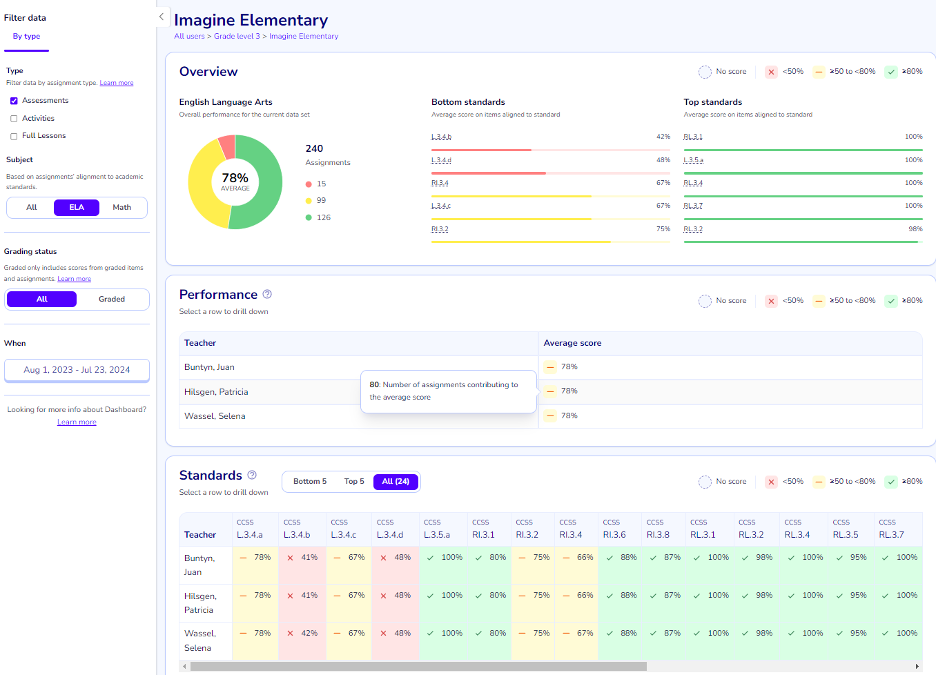New Domain-Level Information on the Imagine MyPath Assessment Report
August 2024
Domain-level insight for data-informed decisions
Now the MyPath Assessment Report provides even more granular insight into student performance in specific MyPath Assessment domains. With this domain-level data, you can:
- Make informed decisions around effectively differentiating and guiding instruction and intervention for all levels of learners in the classroom
- Track specific domain performance trends by student, grade, school, and class to determine where to provide resources and support and to evaluate current supports and interventions
